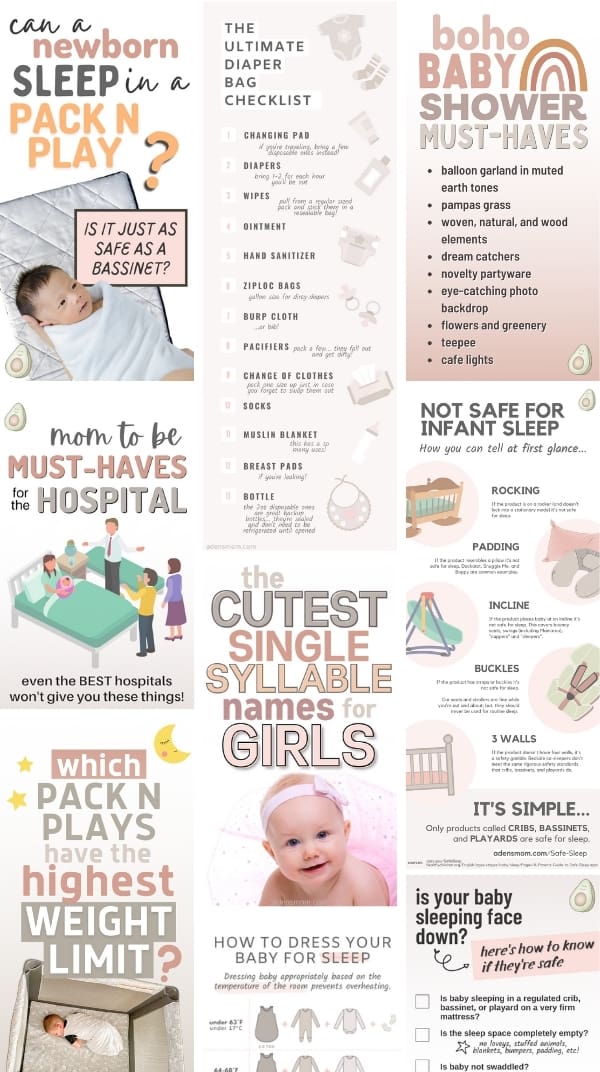Wondering if the Magic Sleepsuit is safety risk? Here’s what we know and what we don’t…
Transitioning out of the swaddle is notoriously difficult.
Babies prefer the feeling of compression they grew accustomed to in the womb. When you take that away, it means less sleep for everyone.
This is why parents turn to “swaddle transition” products like Baby Merlin’s Magic Sleepsuit.
But is this product safe?
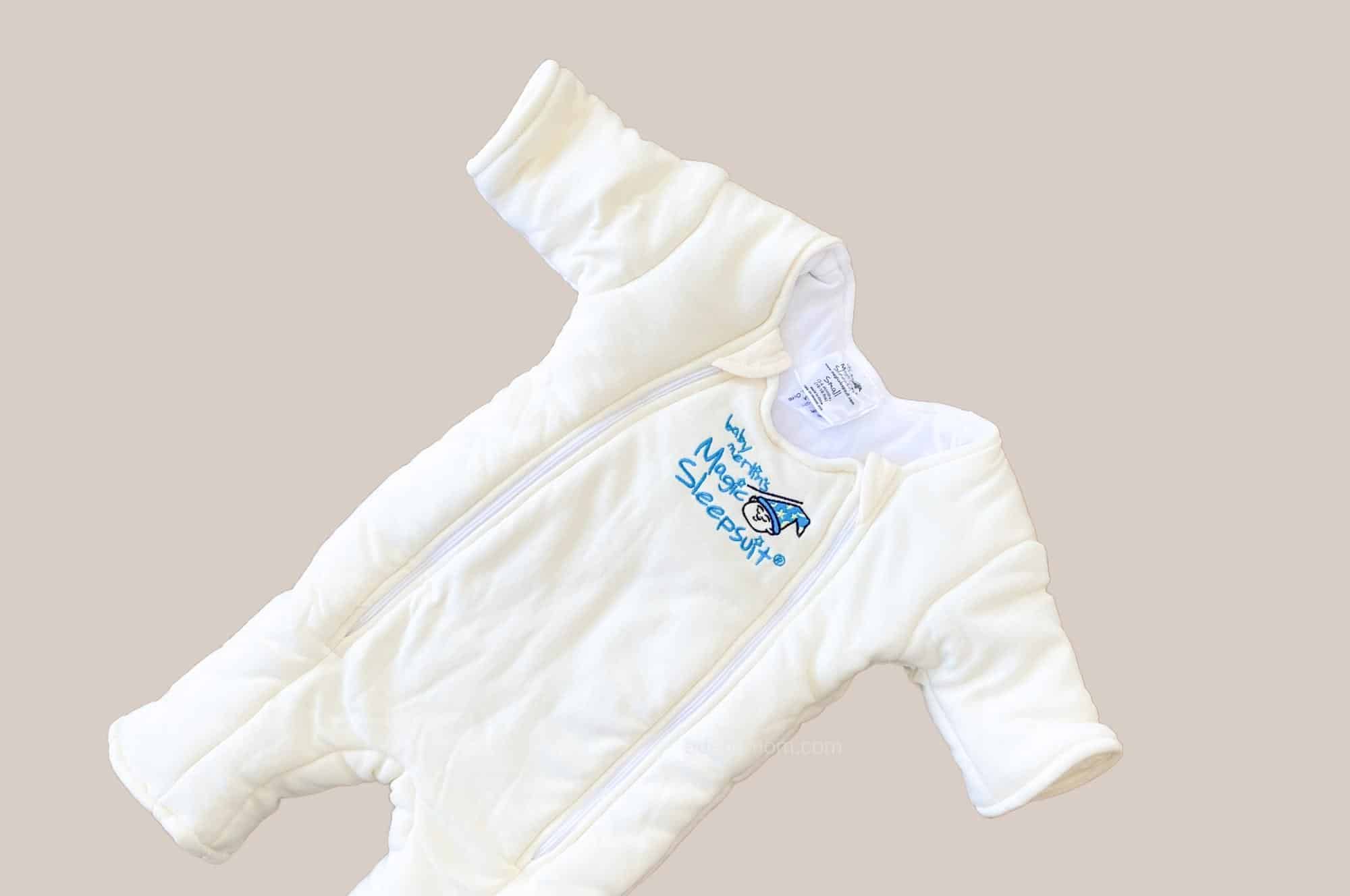
This is a subject that’s hotly debated amongst safe sleep advocates.
Below, we’ll attempt to answer four questions about the safety of the sleepsuit given the currently available evidence.
As you’ll see, there is quite a bit that’s unknown about this product (and others like it).
As far as I know, its safety has never been the subject of any published research.
Consequently, I’ve had to rely on statements from the company and the community to get a sense of the potential risks involved.
As such, this article will ask more questions than it answers.
It’s ultimately up to you as the caregiver to review the safety concerns surrounding the Magic Sleepsuit and determine your own risk tolerance.
This article will present the main topics of consideration.
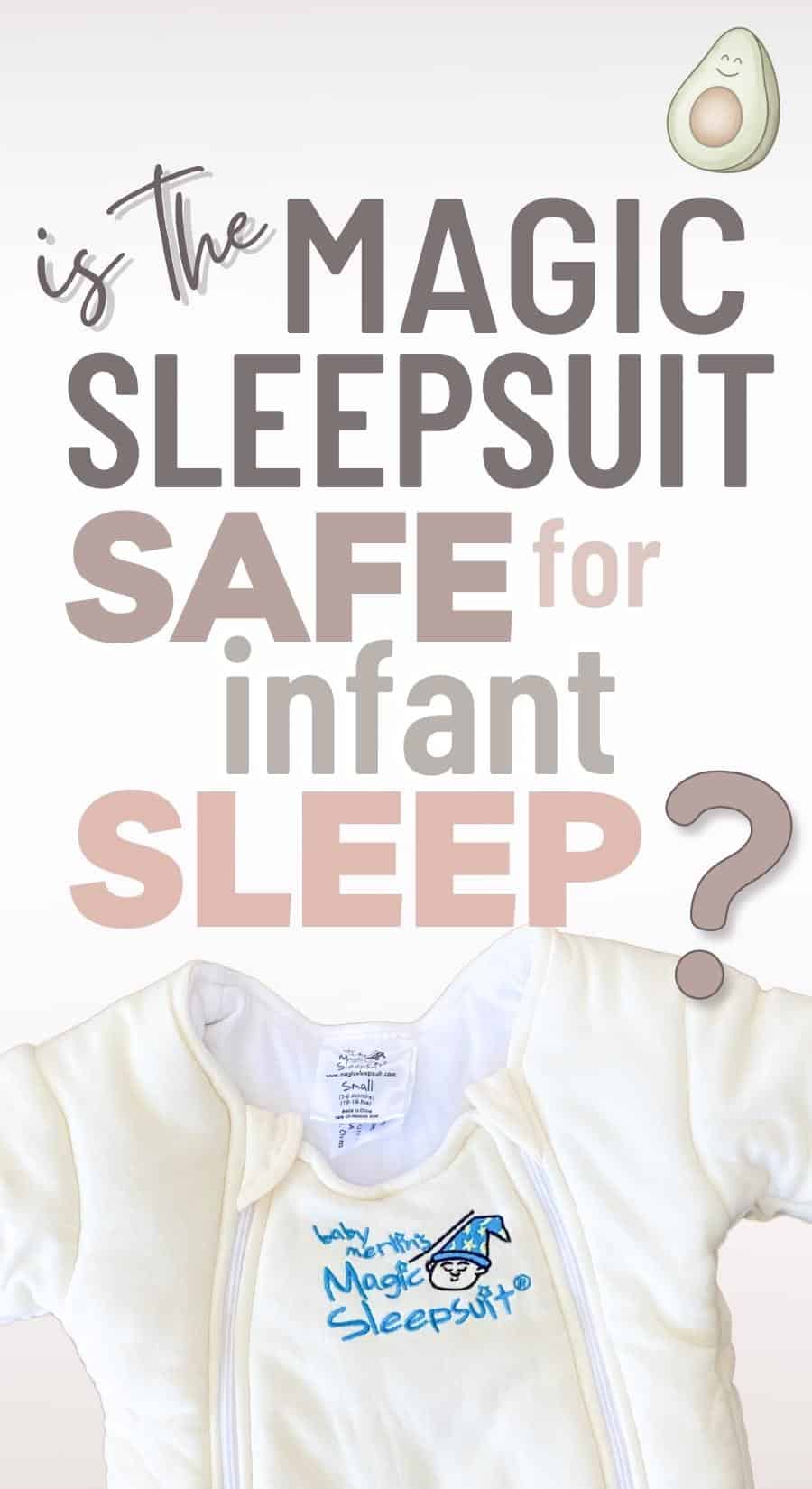
What is Baby Merlin’s Magic Sleepsuit?
The Magic Sleepsuit is a puffy wearable blanket with arms and legs. It’s basically a thick jumpsuit.
The sleepsuit is marketed as a swaddle transition product for babies that are outgrowing or breaking out of the swaddle.
According to the company, the product helps muffle a baby’s startle reflexes that wake them from sleep.
Now let’s talk about its safety…
Overview
Here is an overview of the main points in this article. We’ll break each of these down further in the text to follow.
ROLLING
- As confirmed by the manufacturer, the sleepsuit makes it harder for a baby to roll over.
- Experts are generally concerned about the dangers of restricting an infant’s movement during sleep due to the risk of suffocation.
AROUSAL RESPONSE
- Merlin says that their product works by muffling the involuntary movements that can wake a baby prematurely.
- This may not be a good thing. Decreased arousal (the ability to wake easily in response to stressors during sleep) may be one of the main reasons that babies die of SIDS.
OVERHEATING
- Parenting forums are filled with complaints of babies waking up covered in sweat. However, there have not been any official reports filed with the CPSC relating to this product.
- Unlike sleep sacks, the Merlin Suit does not have a TOG rating. It is unknown whether this product presents a greater risk of overheating than its counterparts.
- Merlin suggests “monitoring” the baby in the sleepsuit, emphasizing on their website that it’s the responsibility of the parent or caregiver to ensure that the baby does not overheat.
WEIGHTING
- The product does not contain weighted materials like poly pellets or beads—however, its multiple layers render it one of the heaviest swaddle-like products on the market.
- That said, the product weighs less (by bodyweight percentage) than weighted sleep sacks Nested Bean and Dreamland Baby.
- It also weighs less (by bodyweight percentage) than the unweighted HALO 3-way swaddle.
- There is no guidance from the AAP about a safe amount of weight to place on top of a sleeping infant.
Read more + see the weight comparison chart.
Now we’ll break each of these points down further…
If you’d rather skip over the details and read my personal thoughts on the matter, click here to jump ahead.
Question #1: Does the sleepsuit inhibit rolling — and if so, is that a safety risk?
Many caregivers report that the Magic Sleepsuit makes it harder for their babies to roll over.
The manufacturer’s website supports this anecdotal evidence, suggesting that babies are less likely to roll over in the sleepsuit.
“Often, babies can roll while awake well before they roll over in the Magic Sleepsuit.”
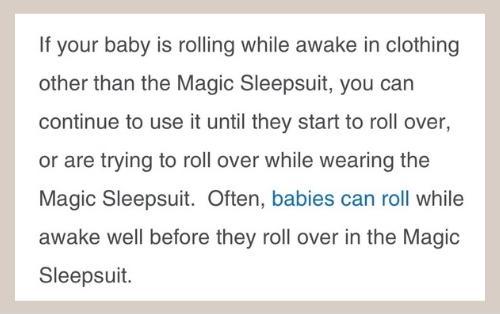
Is this a safety risk?
This specific product hasn’t been independently studied.
However, experts are generally concerned about the dangers of restricting an infant’s movement during sleep.
Pediatrician Dr. Gina Posner explains,
“If an infant does manage to roll onto his stomach, and then, due to the puffiness of the suit, is unable to flip back, he could suffocate.”
It’s also worth noting that the AAP and FDA have come down hard on deadly “sleep positioners”.
A positioner is defined by the CPSC as “a product that is used to keep babies on their backs while sleeping”.
While the format of the Merlin sleepsuit is different from that of a true “sleep positioner”—if it accomplishes the same thing (keeps a baby on their back)—then the two product classes may share overlapping risks.
(Side note: this is why there is so much debate about the safety of the SNOO).
What does Merlin say about the use of their product for a rolling baby?
According to Merlin’s website,
“If your baby has started to roll over in the Magic Sleepsuit while sleeping, then it is time to transition him or her out of it… The Magic Sleepsuit is designed for back sleeping in the crib. It is not to be used for tummy sleeping.”
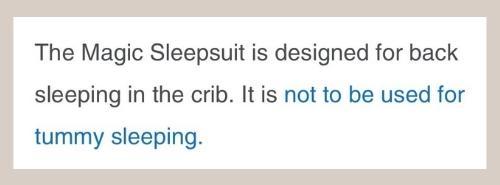
It sounds like they agree that it’s unsafe for a baby to roll over while wearing their product.
Notice that they aren’t advising parents to proactively stop using their product before the baby starts rolling over (in general)—only when the baby starts rolling over while wearing the suit.
“Rolling over, or attempting to roll over in the Magic Sleepsuit are signs that they are ready to be transitioned out”.
This leads me to wonder how often babies end up sleeping in this suit belly-down.
Question #2: Does the sleepsuit make it less likely that a baby will wake up?
This is how Merlin describes their product on their website:
“It provides babies with a cozy, secure feeling by helping to muffle the reflexive twitches and involuntary movements that can wake a baby prematurely.”
While this sounds like a good thing, it may not be. Here’s why:
The ability to wake easily is an important protective response to stressors during sleep.
The chairperson of the AAP’s SIDS Task Force, Dr. Rachel Moon, explains this very important connection:
“That is why parents like swaddling – the baby sleeps longer and doesn’t wake up as easily… But we know that decreased arousal can be a problem and may be one of the main reasons that babies die of SIDS.”
So, if Merlin’s advertising is accurate, then this product may indeed present a risk.
And notably, if a baby manages to roll onto their side or belly, decreased arousal would be of particular concern.
Question #3: Is there a risk of overheating?
Many safe sleep experts have expressed concern about the potential for a baby to overheat while sleeping in the Magic Sleepsuit.
Even Merlin suggests “monitoring” the baby in the sleepsuit, emphasizing on their website that it’s the responsibility of the parent or caregiver to ensure that the baby does not overheat.
Here’s a bit of context for this concern:
Overheating is a risk factor for SIDS/SUID.
The AAP advises:
“A good rule of thumb is to dress the baby in one more layer of clothing than you are wearing to be comfortable in the same environment.”
But of course, not all layers are created equal, since some are warmer than others.
How warm is this product?
Unfortunately, there isn’t a black and white answer since this isn’t standardized.
Unlike sleep sacks, the Merlin Suit does not have a TOG rating. TOG stands for Thermal Overall Grade and is the standard of measure for how much heat a garment retains.
Kelly Burton of the Baby Merlin Company explained the following to me in an email,
“The Magic Sleepsuit does not have a TOG rating because it is not enclosed like a Sleepsack. It is designed with open hands and feet to allow babies’ heat to dissipate as they sleep unlike a swaddle or sleepsack.”
While this may be the case, the Merlin product looks and feels remarkably similar to our TOG 2.5 sleep sacks—the warmest indoor sacks on the market—so I have my suspicions that it retains heat quite well, even with its open feet.
Are there reports of overheating?
Parenting forums across Facebook, Reddit, What to Expect, and BabyCenter are filled with complaints of babies waking up covered in sweat.
However, there have not been any official reports filed with the CPSC relating to this product.
Alas, there isn’t enough data to confidently say whether the Merlin presents a greater risk of overheating than any of its counterparts.
Now for the fourth question at hand…
Question #4: Is Baby Merlin’s Magic Sleepsuit weighted?
It might sound odd, but there is passionate disagreement amongst safe sleep advocates about whether the Magic Sleepsuit is weighted.
For context, many experts agree that weighted sleep garments such as Nested Bean and Dreamland Baby should be avoided.
Weighted sleep sacks may:
- Make it more difficult for a baby to reposition themselves if they’re having trouble breathing;
- Relax the autonomic nervous system which controls things like breathing, heart regulation, and body temperature.
- Decrease arousal, which means it’s harder for a baby to wake up in response to stressors during sleep.
There isn’t a consensus as to whether Merlin presents the same risks.
Here are the two sides of the debate…
The anti-Merlin camp
One camp is firm that this product is weighted and should be avoided.
They point to Baby Merlin’s three patents that extensively describe weighting.
Here is an excerpt from one of the patents:
“At least a portion of an anterior portion of the suit includes the weighting. The weighting may be accomplished by varying the thickness of the materials and/or quantity of layers of materials used on the anterior portion of the suit.”

The pro-Merlin camp
Other safe sleep advocates believe that Merlin is just a puffy sleeper akin to a warm blanket.
They cite an email from the Baby Merlin Company’s CEO, Maureen Howard, which reads, in part:
“There is no weighting or weighting material of any type in the Magic Sleepsuit. It is made of three layers of fabric only – jersey cotton, polyfil, and jersey cotton or microfleece.”

In regard to their patents, Howard attests,
“When we filed our patent we casted a broad net on possible variations since it was written well before our product reached the market. Our patent includes features that are not included in the Magic Sleepsuit on the market today.”
Semantics?
The sleepsuit does not contain poly pellets (like Dreamland Baby and Nested Beans‘ products) or similar fillers like glass beads and weighted discs, which are commonly used in weighted blankets for adults.
So, to say that it’s “weighted” may be the wrong word.
That said, the multiple layers of the suit do have the effect of increasing the product’s weight.
It’s reasonable to assume, not only based on the wording of the patent—but how this product is marketed—that the heft of the suit is part of its unique selling point.
How does the weight of Magic Merlin compare to other similar products?
Since “weighting” is subjective—and since the AAP has not defined a safe weight for sleep sacks, it’s helpful to see what other similar products weigh.
It’s especially interesting to compare the weight of the Merlin to its non-weighted counterparts (that both parties deem safe).
Below, I’ve compiled a chart that compares the weights of popular sleep sack and swaddle brands.
Since each product has its own sizing guidelines, for simplicity, I’ve provided a percentage of body weight calculation that shows the relationship between the following:
- The weight of the sack itself (as determined by placing it on a scale).
- The lowest infant weight it’s intended for. (For example, if it’s meant for an 8-13 pound baby, I used 8 pounds in the calculation).
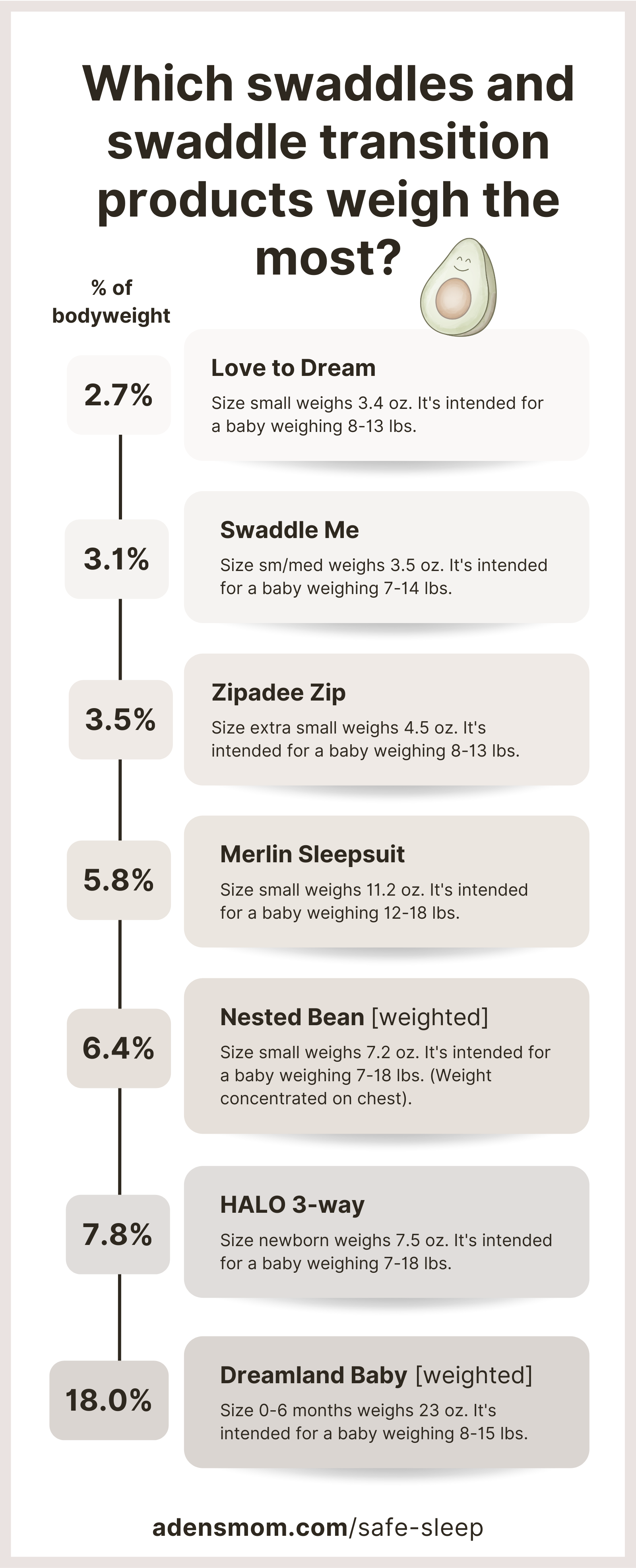
Jump to the text version of this chart.
As you can see, the Merlin weighs more than its super lightweight counterparts, Zipadee-Zip and Love to Dream.
At 11.2 oz, it is indeed one of the heaviest swaddle-like products on the market.
But notably, Merlin is intended for a baby with a minimum weight of 12 lbs. It therefore weighs less by percentage than both of the weighted sleep sacks, Nested Bean and Dreamland Baby.
And what’s most interesting, perhaps, is that Merlin also weighs less (by percentage) than the unweighted HALO 3-way, a product with a lot of fabric due to its wings.
Unfortunately, all of this only leads to more questions than answers. Here are two that come to mind:
- Does the format of the garment have any bearing on its safety? (For example, is a swaddle with wings actually any safer than a sleepsuit?)
- Does the type of filling or materials used to accomplish “heaviness” have any bearing on the garment’s safety?
Unfortunately, there isn’t adequate scientific evidence to determine how much weight is safe to place on (or around) a sleeping baby.
Additional Questions
Now we’ll address a few more things you might be wondering about…
Have babies died sleeping in the Magic Sleepsuit?
As of Winter 2022, no deaths linked to Baby Merlin’s Magic Sleepsuit have been reported to the CPSC.
While this certainly sounds promising, here are 3 things to keep in mind:
1) Infant deaths are often inadequately investigated.
2) Medical examiners are not required to notify the CPSC of the product(s) involved in SIDS investigations.
3) Data on accidental deaths from US Vital Statistics are not coded by product.
As I said earlier, its up to you to weigh this with the safety concerns about the product and determine your own comfort level.
Is it true that a baby should be transitioned out of the swaddle at "around 3 months of age" as it says on Merlin's website?
Not according to the American Academy of Pediatrics.
Here is the AAP’s current policy:
“Parents should stop swaddling as soon as their baby shows any signs of trying to roll over. Many babies start working on rolling at around 2 months of age.”
Babies often roll for the first time when parents least expect it.
If this happens while the baby is swaddled there is a substantial increase in the risk of SIDS/SUID.
This is why the chairperson of the AAP’s SIDS Task Force, Dr. Rachel Moon, gives the following warning:
“Given that we see deaths from babies who are swaddled and end up on their stomachs by 2-2½ months, I get really nervous when babies are swaddled past the age of 8 weeks.”
Merlin sells this product for 6-9 month old babies who weigh 18-21 lbs. Would this product be safe for a baby of that age/size?
The short answer: This is a risk.
Here’s why…
Most babies are already actively rolling by 6 months.
The AAP says rolling often happens around 2 months, and the CDC considers rolling to be a 6-month milestone.
As we’ve discussed, this product is not meant for belly sleeping, so it makes very little sense to use it with a baby who is physically capable of rolling.
Let’s give Merlin the benefit of the doubt for a second…
Perhaps, in creating this larger version of their product, the company had in mind that it would be used for above average sized 2-month old babies?
Let’s see how likely it is that a 2-month old baby would weigh 18-21 lbs…
The average 2-month-old male weighs 12lb 4 oz.
At 18-21 lbs, a 2-month-old would be 6-9 lbs heavier than the average, placing him way off the charts.
So, no. The larger version of this product is clearly not meant for 2-month-olds.
My concern is that well-meaning parents are buying this product for their older babies who are already rolling, not realizing that this is a risk.
What about using this product during the "specific developmental window" that Merlin advises?
According to their website,
“If it is introduced too early or too late, it may not be the right match for your baby. It is designed for a specific developmental window.”
The window they’re referring to is the one between A stopping swaddling and B a baby being able to roll over in the sleepsuit.
Unfortunately, in most cases, there isn’t such a window.
Most parents stop swaddling when their baby starts rolling. And while it may indeed be harder to roll over in the sleepsuit, babies still end up sleeping on their bellies in it.
The safest use of this product would be for a baby under 2 months old who hasn’t shown any signs of rolling.
However, the brand doesn’t advise using their product “with a newborn as a swaddle alternative”.

What is the "AAP recommended temperature for babies" that Merlin keeps referring to?
You’ll notice this phrase a number of times on their website and in their interviews.
The reason they don’t tell you what this temperature actually is is because it does not exist.
There is no officially recommended room temperature for babies.
Babies should be dressed appropriately based on the temperature of the room.
You can read all about this subject here: How to Keep a Baby Warm at Night (Evidence-Based Guide)
Final thoughts on the safety of Baby Merlin’s Magic Sleepsuit
Until this product is independently studied—and until the AAP provides more detailed guidance on sleep sack safety—it’s up to parents to determine whether the sleepsuit seems adequately safe for their babies.
Would I use this product for my own baby?
As someone who errs on the side of caution in regard to SIDS, no, I would not.
In my view, the “benefits” of this product are too similar to the types of behaviors that SIDS researchers warn against—particularly in the case where a baby has already started rolling over.
That said, I am prepared to change my opinion if more evidence becomes available.
Here is a text version of the chart, “Which swaddles and swaddle transition products weigh the most?”
This is best viewed on a desktop. If you’re on a mobile device, scroll to the left to view the full chart.
| % of bodyweight | product | infant weight (oz) | product weight (oz) | Notes |
| 2.7 | Love to Dream | 128 | 3.4 | Size small weighs 3.4 oz. It’s intended for a baby weighing 8-13 lbs. |
| 3.1 | SwaddleMe | 112 | 3.5 | Size sm/med weighs 3.5 oz. It’s intended for a baby weighing 7-14 lbs. |
| 3.5 | ZipadeeZip | 128 | 4.5 | Size extra small weighs 4.5 oz. It’s intended for a baby weighing 8-13 lbs. |
| 5.8 | Merlin Sleepsuit | 192 | 11.2 | Size small weighs 11.2 oz. It’s intended for a baby weighing 12-18 lbs. |
| 6.4 | Nested Bean [weighted] | 112 | 7.2 | Size small weighs 7.2 oz. It’s intended for a baby weighing 7-18 lbs. (Weight concentrated on chest). |
| 7.8 | HALO 3-way | 96 | 7.5 | Size newborn weighs 7.5 oz. It’s intended for a baby weighing 7-18 lbs. |
| 18.0 | Dreamland Baby [weighted] | 128 | 23 | Size 0-6 months weighs 23 oz. It’s intended for a baby weighing 8-15 lbs. |

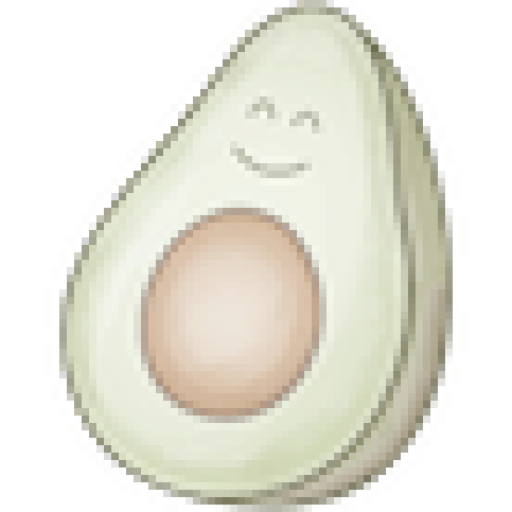
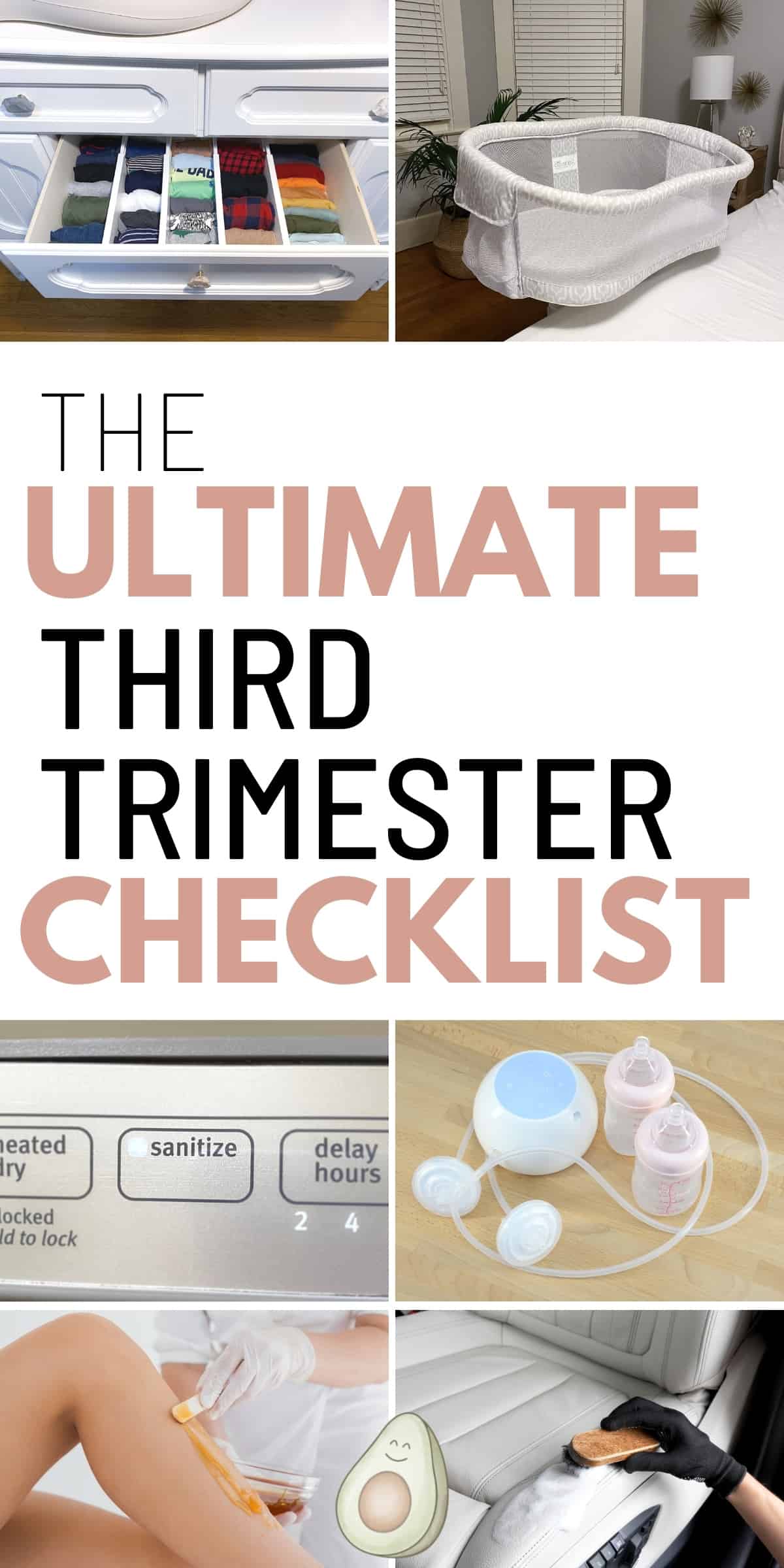
 Follow on Pinterest
Follow on Pinterest